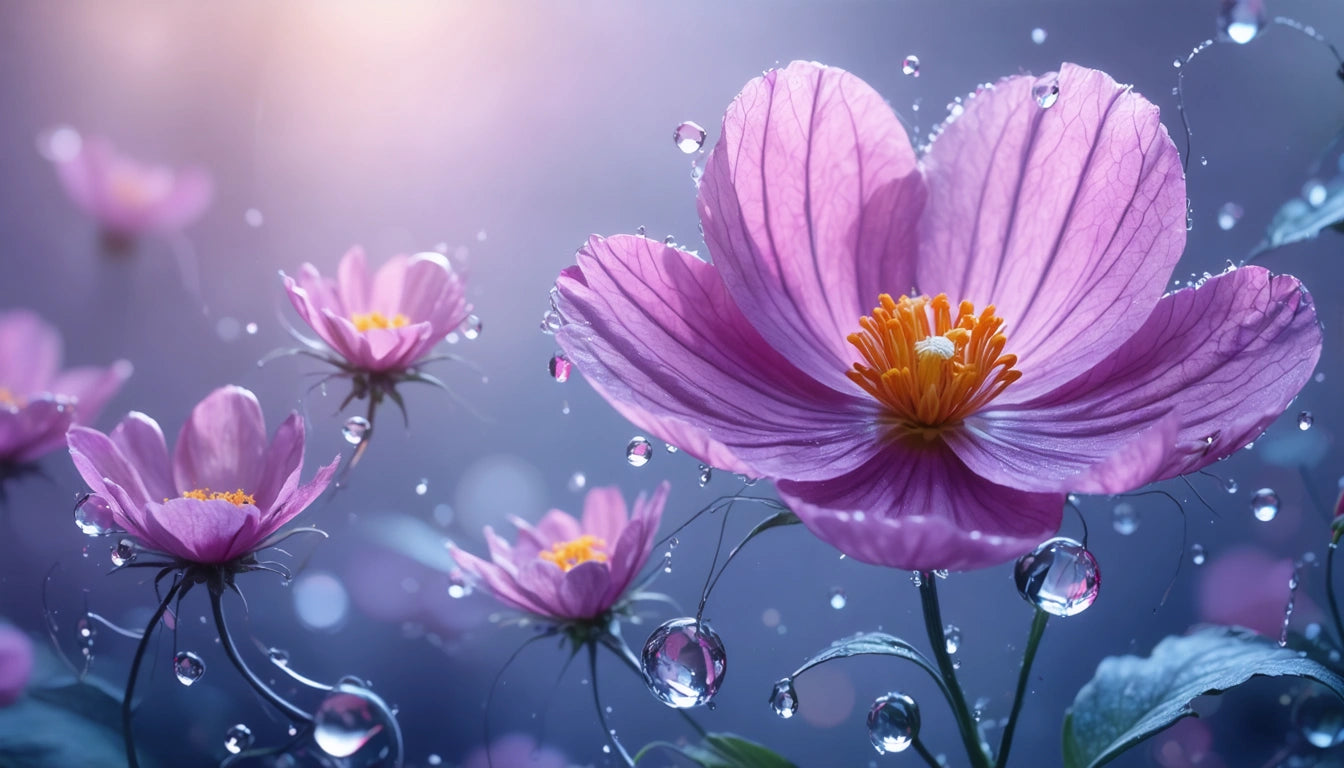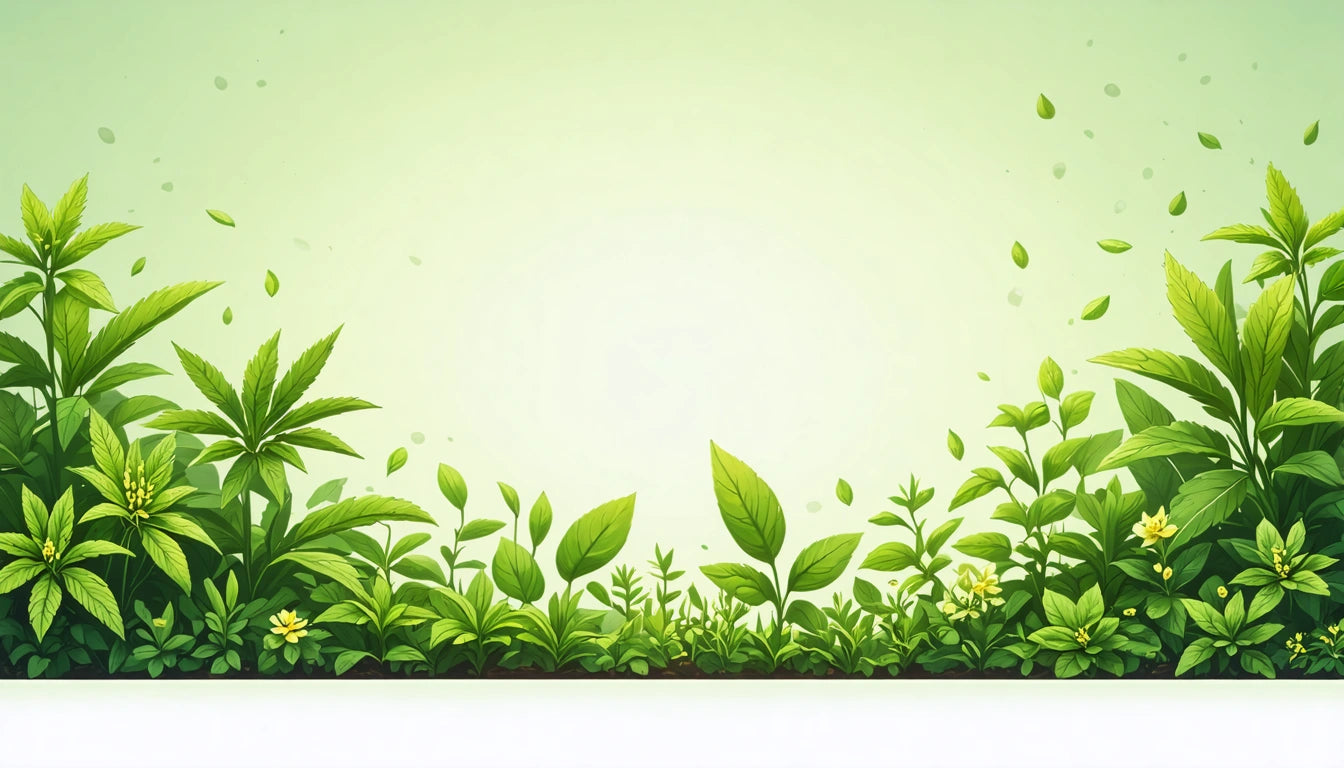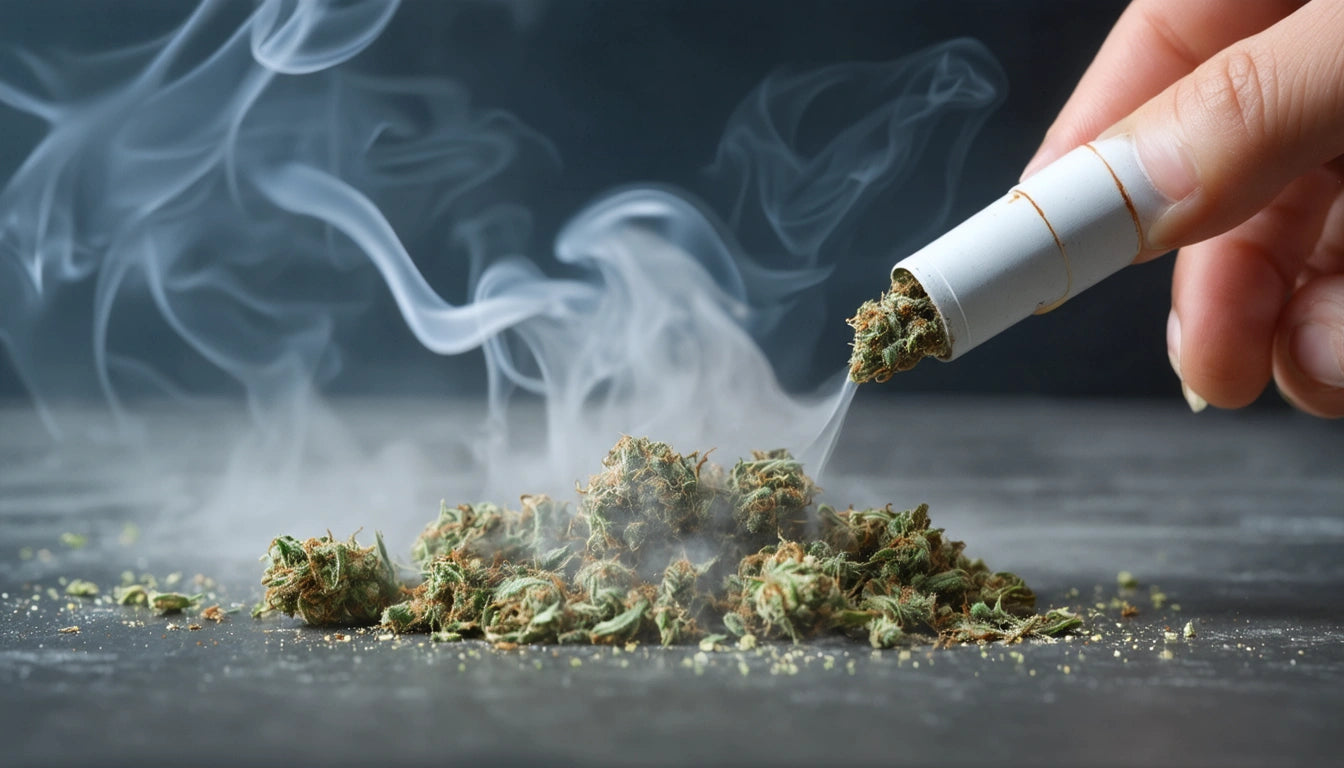Table of Contents
- Pistil Overview: The Female Reproductive Structure
- The Stigma: Pollen Receptor and Gateway
- The Style: Connecting Pathway for Pollen
- The Ovary: Seed Development Chamber
- How the Pistil Functions in Plant Reproduction
- Observing Pistils in Different Plant Species
- The Broader Significance of Pistils in Plant Biology
Understanding the Three Main Parts of the Pistil in Flowers
The pistil represents the female reproductive structure in flowering plants, playing a crucial role in plant reproduction and seed development. Understanding what are the parts of the pistil helps botanists, gardeners, and plant enthusiasts appreciate the complexity and elegance of plant reproduction systems. This guide explores the three main components that make up the pistil and their specific functions.
Pistil Overview: The Female Reproductive Structure
The pistil sits at the center of a flower and represents the female reproductive organ. In many flowering plants, it's surrounded by male reproductive structures called stamens. Together, these structures enable sexual reproduction in plants. The pistil can consist of one or more carpels, which may be fused or separate depending on the plant species.
What are the three parts of the pistil? They are the stigma, style, and ovary. Each component serves a specific purpose in the plant reproduction process, from pollen reception to fertilization and seed development.
The Stigma: Pollen Receptor and Gateway
The stigma forms the uppermost part of the pistil and serves as the receptor for pollen grains. It typically has a sticky or feathery surface designed to catch and retain pollen that arrives via wind, insects, or other pollinators.
Stigma Characteristics:
- Often sticky or adhesive to trap pollen effectively
- May be lobed, feathery, or branched to increase surface area
- Contains specialized enzymes that help determine pollen compatibility
- Can recognize compatible pollen and reject incompatible types
In cannabis plants, pistils appear as hair-like structures that extend from the bracts of female flowers. These pistils change color throughout the plant's life cycle, providing visual cues about maturity and readiness for harvest.
The Style: Connecting Pathway for Pollen
The style is the elongated middle section of the pistil that connects the stigma to the ovary. It serves as a conduit through which pollen tubes grow to reach the ovary after pollen grains land on the stigma.
Style Functions:
- Provides structural support to elevate the stigma for better pollen reception
- Creates a pathway for pollen tube growth
- May contain specialized tissue that nourishes growing pollen tubes
- Can vary greatly in length depending on the plant species
The style's length and structure have evolved to suit different pollination strategies. Some plants have extremely long styles to prevent self-pollination, while others have shorter styles to facilitate quick fertilization.
The Ovary: Seed Development Chamber
The ovary forms the basal portion of the pistil and contains one or more ovules, which develop into seeds after fertilization. After successful pollination, the ovary typically develops into a fruit that protects the developing seeds.
Ovary Structure and Function:
- Houses the ovules (potential seeds)
- Provides protection and nutrients for developing embryos
- Develops into fruit after fertilization
- May be positioned above (superior) or below (inferior) other flower parts
Understanding the ovary is essential for botanists and gardeners alike. For instance, when cultivating plants for seed production, ensuring proper pollination and ovary development becomes critical.
How the Pistil Functions in Plant Reproduction
The reproductive process begins when pollen lands on the stigma. If compatible, the pollen grain germinates and forms a pollen tube that grows down through the style toward the ovary. This tube carries male gametes (sperm cells) to fertilize the egg cells within the ovules.
This intricate process ensures genetic diversity and adaptation. For those working with plants professionally, having the right tools for examination and storage is essential. Many botanists and cannabis cultivators use specialized containers with secure caps to preserve plant specimens and seeds for further study or cultivation.
Observing Pistils in Different Plant Species
Pistils vary significantly across plant species, reflecting diverse reproductive strategies. In some plants, pistils are large and showy, while in others, they're small and inconspicuous.
Notable Pistil Variations:
- Cannabis: Pistils appear as hair-like structures that change from white to orange, red, or brown as the plant matures
- Lilies: Feature prominent pistils with distinct stigmas, styles, and ovaries
- Grasses: Have feathery stigmas designed to catch wind-borne pollen
- Composite flowers: Contain multiple small pistils within a single flower head
In cannabis cultivation, pistil color changes serve as important indicators of plant maturity and harvest timing, similar to how trichome development signals optimal harvest windows.
The Broader Significance of Pistils in Plant Biology
Beyond their reproductive function, pistils play important roles in plant ecology and agriculture. They represent a fascinating example of evolutionary adaptation, with structures finely tuned to specific pollinators and environmental conditions.
Understanding pistil structure and function has practical applications in:
- Plant breeding and hybridization
- Crop improvement and yield optimization
- Conservation of endangered plant species
- Development of new horticultural varieties
The study of pistils also connects to broader concepts in plant biology, such as companion planting and plant life cycles. By understanding these fundamental structures, we gain deeper insights into the interconnected systems that sustain plant life and, by extension, our own food systems.
Whether you're examining cannabis flowers for harvest readiness or studying plant reproduction for academic purposes, the pistil's three-part structure represents one of nature's most elegant and effective designs for ensuring species continuation and adaptation.











Leave a comment
All comments are moderated before being published.
This site is protected by hCaptcha and the hCaptcha Privacy Policy and Terms of Service apply.